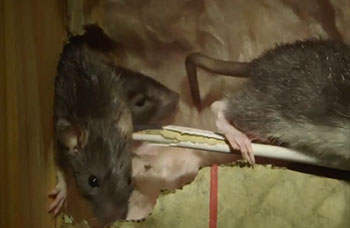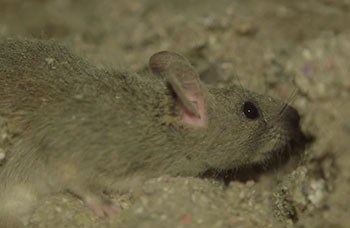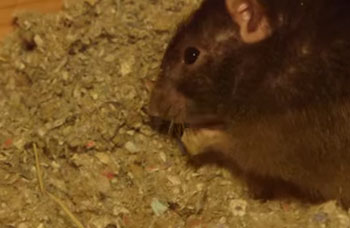Rat Types & Facts
Rat Facts
- Eat about 10 percent of their body weight every day.
- Can spread disease through biting or contact with their fecal matter or droppings.
Rat Photos
-
 Pack rat.
Pack rat. -
 Pack rat.
Pack rat. - View More Photos
Rat Bites & Treatment
Rats can spread disease through biting or contact with their fecal matter, or droppings. They can cause damage through their gnawing and feeding on everything from electrical wires to crops. They can be carriers of many serious diseases. Among the diseases rats can transmit to humans or livestock are murine typhus, leptospirosis, salmonellosis (food poisoning), and rat bite fever. Both roof and Norway rats can carry the Plague.
Three Greatest Threats
Scurrying noises, rustling in walls and attic spaces, squealing sounds, footprints, and small droppings are telltale signs of a rodent infestation. They sneak in and help themselves to whatever they can find. They can get into your food, damage walls, chew wires, and ruin fabrics.
Chewing
Property Damage and House Fires: Rodents are one of the most destructive pests. They are known for their incessant gnawing behavior and their ability to chew on a wide variety of items, causing significant property damage. The rodents’ front teeth grow continually, therefore they must constantly gnaw on surfaces to wear down their teeth. Inside a home, rodents are known to gnaw through electrical wiring – making them one of the leading causes of house fires. Wood is a favorite, but they’ll pretty much chew on whatever suits them including PVC pipes and HVAC ducts and chewing through walls.
Contamination and Disease
Rodents and their parasites can spread diseases like rat-bite fever, the plague, hantavirus, typhus, and acute food poisoning.
Airborne Transmission: Rodent droppings should be handled with utmost care. Particularly after they have dried, feces can cause a variety of dangerous diseases and viruses. These dry droppings break apart upon contact and release airborne particles that may enter your nasal passages, causing infection. Their droppings, dander, and shed hair can cause people to experience allergy-like reactions.
Salmonella: Salmonella bacteria are transmitted to other mammals when they eat or drink food or water contaminated with an infected rodent’s excrement. This disease is probably much more common than realized, with symptoms including diarrhea, fever, and abdominal pain.
Feasting Insects
Vectors, such as fleas, mites and ticks, are part of the rodent’s habitat. These feasting insects use the rodent as a host and transmit disease through a blood exchange.
Rat Fleas: The rat flea is a tiny parasite that feeds on the blood of rodents. They are known carriers of a variety of diseases including Murine Typhus, and are considered the cause for the spread of the bubonic plague (also known as the “Black Plague,” infamous for killing millions of people in Europe during the Middle Ages). Through biting, rats also transmit the diseases carried by rat fleas.
Rodent Mites: Rodent mites are very small parasites, about the size of a period at the end of a sentence. These mites move actively and normally live on the host or in their nests, but will migrate to human occupied areas of the home if their host dies or leaves the nest. Rodent mites often become a nuisance after a rodent infestation has been eliminated and they seek out an alternate food source. Bites from these parasites can cause humans painful dermatitis and severe itching. Rodent mites are normally associated with the Roof rat, but are also found on the Norway rat and House mouse.



